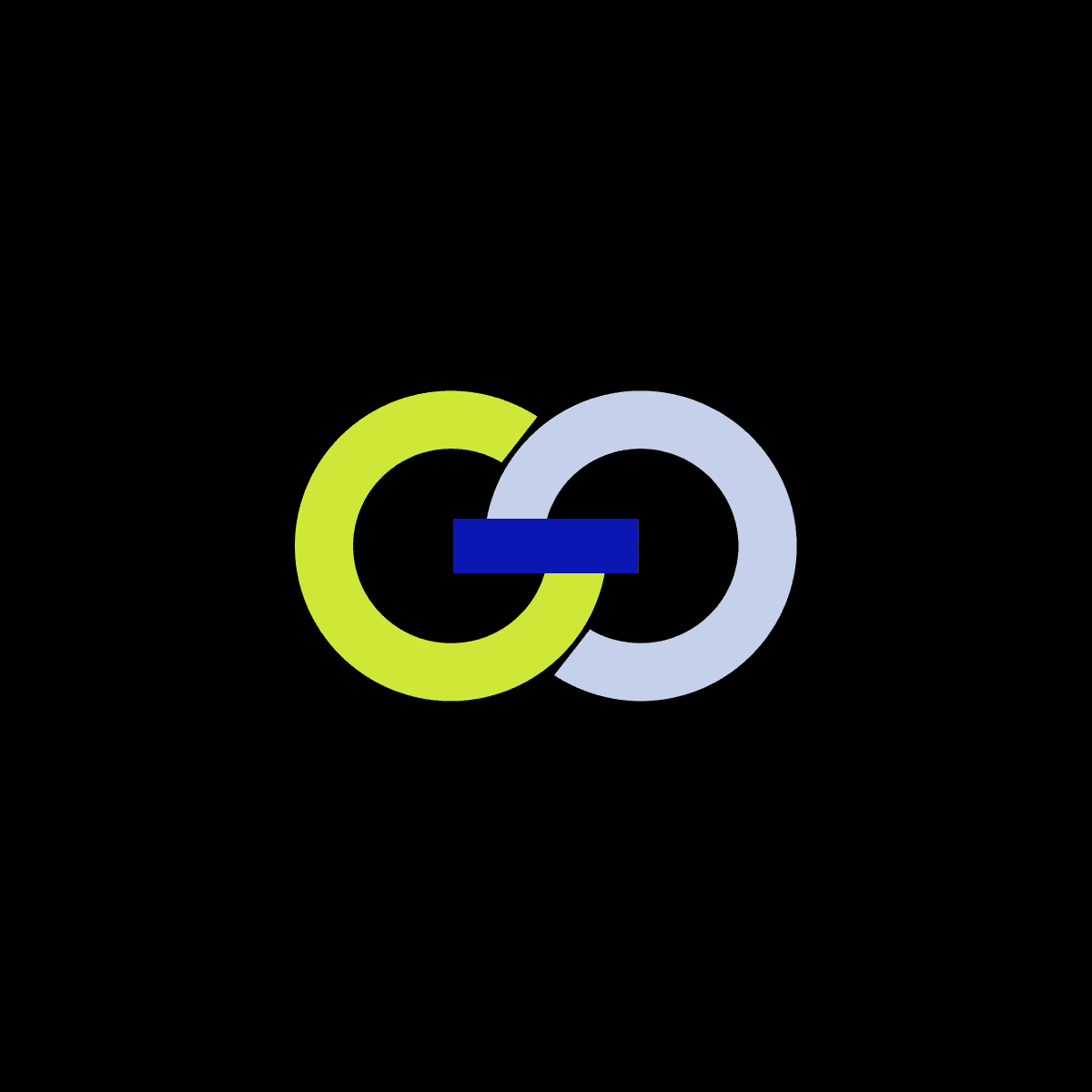
1. May 2024Business
How to write the good product brief: Key components of the brief
Ten years of experience have taught us that a good brief defines the entire project. First and foremost, a perfect brief does not exist. Different companies have different opinions on what a brief should contain. However, a good brief allows a glimpse into the client's or idea creator's mind. It reveals where the need or opportunity to create a product originated, what the expectations and goals are, who the product should serve, and what the product should do. As a supplier, we must first understand the situation. The more information we receive, the better we understand the client, and the more efficient we can be in the creation process.


💡 A good brief defines the success of the entire project. It allows suppliers to see into the client's mind and serves as a basis for both internal stakeholders and suppliers.
At the beginning of each project, there is a challenge - how to create a brief that accurately captures all needs and expectations? Ten years of experience have shown us that although a perfect brief does not exist, its quality has a significant impact on the project's success. Different companies have different opinions on what a brief should contain.

However, a good brief provides a comprehensive view of the project, serving not only as a guide for the team but also as an invaluable document in the budget approval and strategic decision-making process for stakeholders. It is the cornerstone on which success is built.
Why is this process useful?
It helps you summarize your thoughts, frame your expectations, and bring your visions to reality. This article will help you minimize risks when creating a digital product. A well-prepared brief can also reduce costs during the design and development of the product. And suppliers will love you 🙂.
⚠️ Disclaimer: A brief can take many forms. This is our view on what an ideal digital product brief could look like from a product studio perspective. Any feedback can be sent to michal.sleziak@goodrequest.com or on my LinkedIn.
Parts of this article are crucial, and without them, a brief is not a brief. We are also preparing a second part where you will find bonus sections that, although not essential, will help. They will expand the brief with valuable information or help your team delve deeper, minimize risk, and maximize investment in the product.
Happy reading!

Problem, Solution, and Context
The added value you provide to people is the absolute king of everything. If a product does not solve a relevant problem or meet an important need of its customers, it cannot be successful in the long run. Therefore, this is the most important part of the brief. Focus on the problem you want to solve first, not the solution. Take your time to explore.
💡 Remember, the worst thing is to develop a perfect product that solves the wrong problem.
How did the idea come about? Where did the need arise?
How did the first thought about this product arise? On what occasion? Who came up with it? Describe the context and background. Put the story on paper. The goal is to understand how the client thinks about it, to get on the same level. Even small, seemingly insignificant details can help bring an innovation spark.
What problem are you trying to solve?
This question often causes us to get stuck. Every product should solve a specific problem or a clearly defined need of users. Sticking happens, for example, when we come with technology and try to force it somewhere. Or when we fall in love with a solution and try to find a justification for it. As wise books say, you need to fall in love with the problem, not the solution. Why? Usually, we never find the optimal solution the first time. There is nothing worse than having a perfect solution to the wrong problem. Ideas tend to bend and change, but if they revolve around one problem or domain, our understanding deepens with each unsuccessful solution, and we become wiser. Compound interest :) Therefore, before diving into the solution, focus on verifying whether you are truly solving the most relevant problem. Or a problem that, when solved, will get you where you want to be. Once sure, try to describe it in one sentence.
💡 Fall in love with the problem, not the solution.
What is the solution to this problem?
A brief description of how the product will solve the mentioned problem. No need to go into details; there will be space for that later. Connect the problem with the solution and try to say it in a few simple sentences within a few seconds. You have an elevator pitch :) If it is clear and simple enough, test it by explaining it to your grandma, grandpa, or a friend who knows nothing about technology. They should understand what you are trying to create. It is said that if you cannot explain what you do simply, you do not understand it 🤷♂️.
What are the business expectations?
Define what success looks like. Set business goals that you expect the product to help achieve. Do you want to improve customer satisfaction? Improve productivity? Increase market share? By how much and by when? Be specific. If you don't know where you are going, you will never get there.
It is also crucial to state how you will measure these goals. Well-set business metrics drive further product decisions. They need to be monitored regularly.
How does it fit into the company's strategy?
Why is it worth investing resources into it? If you have an established business, it is important to answer how the new product fits into its strategy. Every initiative should give you a certain advantage over the competition in the market. Development costs are always in the thousands to tens of thousands. Therefore, it is critical to consider whether it is really necessary to create your own digital product or if there is another way to achieve your goal.
Target Audience
Without users, services and products are meaningless. The better we know them, the better we can design a product that brings them added value and makes them willing to use and ideally pay for it. And yes, this applies to internal tools as well. At the same time, truly understanding your customers saves you acquisition and marketing costs because you know where to find them, what they are looking for, what their problems are, and how to communicate with them. You also gain important inputs and opportunities for further product and service expansion. Customers are simply an endless source of opportunities for innovation in the product world as well as in the world of services.
💡 Truly understanding your customers saves you acquisition and marketing costs because you know where to find them, what they are looking for, what their problems are, and how to communicate with them.
Who is the user? The customer? What are the specifics of the target group?
Everyone. The most common answer. But this is never true. Not everyone uses Facebook, Twitter, or Instagram. They have their target groups with specific characteristics. Determining demographics is basic, but it doesn't end there. Work, interests, consumer behavior, goals, life phase, and much more. These are all parameters to categorize your customers. At the beginning, it is normal not to have an immediate answer. Imagine the person who suffers the most from the mentioned problem. This is your ideal customer. Try to describe them as specifically as possible. Ideally, meet and talk with them 👇.
What are their problems and needs?
What do they deal with in their daily agenda? What are they trying to achieve, and what hinders them? What do they need? These are basic questions answered by simply talking to customers :). No need for expensive surveys. Just select 3-6 respondents and focus on the quality of the interview. Well-asked questions, attentive listening, and subsequent inquiries can open the door to knowledge :). If you don't feel up to it, we recommend entrusting it to experts.
Which market are you targeting? Who are your main competitors?
Determine where you want to start. Ambitions can be global, but everyone started small and gradually expanded market by market. Choose one market and map out the competition. Consider who you will compete with and what chances you have of winning.
What are their strengths? Where are they weaker? What are they missing?
Google, ask customers what they use and how they do it now. Look at reviews of similar products (Appstore, Play store) - what do people complain about? How do they rate the competition? Download their apps and form an opinion. Search using various keywords mentioned in customer interviews. Make a simple table with competitive solutions and take notes. You can evaluate parameters such as price, size, customer satisfaction, quality of user experience (UX), features, uniqueness, and many others. We are also preparing an article on this topic.
How do we want to win against them? How will we differentiate?
The market is chosen, competition mapped. What's next? We look for opportunities. What is the overlap of features among competitors? That's the standard customers expect. What can our solution offer compared to others? Basically, you can win either by price or uniqueness. You can offer a cheaper or better quality, or different product. You can also look at the same problem in a unique way and serve only the needs of a specific segment—specialization. Remember, people don't like changes. You need to give them a strong reason to switch from the competition.
💡 Being €1 cheaper or having a prettier design is not enough. The status quo is a strong player against you.
Functionalities
“What is it supposed to do?” Well, here we are at last. The place where most project requirements begin and end at the same time :). And that’s a shame. Functions, or the "scope," are of course important, but their selection is influenced by the above mentioned parameters such as business goals, market selection, target audience, and their problems and needs. In today’s dynamic digital world, it would be counterproductive to implement all functionalities at once in the first version of the product. It is necessary to divide them into different phases and versions and deploy them gradually. This minimizes the risk of failure, shortens development time, and saves costs. To make qualified decisions about what to develop and when, it is essential to address the above mentioned parts, have data, and receive feedback from customers.
What functionalities are truly necessary to fulfill the critical, main need of users?
Let’s start by going back to the problem your product solves. Without which functions would the user be unable to solve their primary problem for which they downloaded your product? Write them down. These functionalities belong to the first version of the product, which we call the MVP (Minimum Viable Product).

80% of customers use 20% of product features. Be honest and don’t add anything extra. The goal of the MVP is to get your product to customers as quickly as possible and gain feedback.

A very common scenario is that clients add too many features to the MVP. But this usually stems from poor knowledge of potential users – no interviews were conducted, and homework wasn’t done well. In fear that "this" function must also be there because the product won't be successful, they add one after another. Moreover, every feature means extra money and time. Don’t want everything at once. You can always add more.
💡 They say that if you launched the product on the market without any flaws or imperfections, you launched it too late. Remember, 80% of customers use 20% of the product features.
What additional features need to be developed?
This part is called the product backlog. Features that didn’t make it into the MVP version can be put here. The product manager will gradually select and prioritize them according to needs and user feedback.
You can also assign priorities (1-3) to the features. Try to sort them into two additional versions of the product (v2.0, v3.0, …) if necessary. Such features packages can be easier to price and plan.

What is your vision for the product’s future development over the years?
This is relevant especially if you already know how your product should look in the future. For example, integrations with other systems, scaling to large dimensions or other countries. Do you want to create a long-term sustainable stable business or grow quickly and sell? This can also influence decisions on whom to target and with what product.
Constraints and collaboration setup
Every product has its constraints, whether time-related, budgetary, technical, or human. These determine the overall collaboration setup with any supplier. They give us boundaries within which we can operate and set the form of collaboration and mutual expectations between the client and the supplier.
Price, Time, and Quality
How much budget have you allocated for the project? By when does it need to be completed? Rough estimates are enough. There’s a difference in making an estimate when we don’t know the cap and preparing an offer when we know the limits. As a supplier, we always push for quality as the main parameter, but if the client’s priorities are different, we understand and can adapt.
Keep in mind three main interrelated parameters:
- Price
- Quality
- Speed

If you already have a timeline, add it to the assignment. Are there any other company projects that the product depends on? Do you have a planned marketing campaign? All of these are important pieces of information.

What have you already accomplished?
We understand that we are not the first or only ones you turn to with a project. If you already have any analyses, specifications, surveys, or any other outputs from other agencies, be sure to share them with us. They will help us orient ourselves and speed up the process.
Brand and visual constraints
Do you have defined brand codes or a design manual? Be sure to share it with us. Should the product visually resemble some of your other products? Do you have specific ideas about how it should and should not look? Send them to us. The quality of design also significantly affects the price. Does your product only need a "basic" design? Or do you require "premium" quality? It’s good to know the range in which we should operate.
Technical requirements
Will it integrate with other systems? Which ones? Should it be compatible with the current system or connect to another product? On which platforms should it run and from which version? All technical requirements for the product belong here. This section should be assisted by a technical person who knows the company’s IT environment well.

Roles
Who can we communicate with? Who is in charge of making decisions within the project? This is a very important question. It often happens that the person who writes the brief and prepares the project and the people who later provide feedback are completely different. This often complicates the process. At the beginning of the project, the direction of the entire project is set. Later, changing the course of a moving ship is challenging (and expensive). Therefore, make sure that key stakeholders are involved in the assignment creation and “bless” it with their expectations. Everyone in the company who will be somehow affected by the final product should be involved in the brief creation.
What are the expectations for us as a supplier?
What is our role? What is expected that we bring to the project? What should we avoid? It’s good to clarify this in advance. External partners bring a different perspective, provide space to solve the problem agilely without operational limits, and have a different pace and work processes. However, different agencies prefer different types of collaboration.
Our clients, for example, appreciate our assertiveness the most. That we take responsibility for the product as if it were our own. That’s what partnership means to us. Another important question is what happens after the agency develops the product for you. It’s good to be aligned on these questions at the start of the collaboration. We also recommend asking for references from companies or acquaintances who have already worked with the given agency.
Conclusion
If you’ve read this far, you surely agree that putting together a good brief is not easy :) But honestly, in 10 years, I haven’t seen anyone come to us with a complete assignment. From a content perspective, it’s quite a straightforward process. But it takes a lot of effort to gather all the necessary inputs. Fortunately, our job is to gradually obtain this information from clients, whether at initial meetings or various workshops.
Get the digital product brief template
Do you want to make the process of creating a digital product more efficient while keeping peace of mind and enough time? We have prepared a template for you that you can download for free. 👇
If you have any questions while filling out the form, please feel free to contact me via LinkedIn or email michal.sleziak@goodrequest.com. We wish you pleasant and productive thinking about your project!

Related articles

How to find high-impact AI use cases in Fintech, Banking, Telco and Insurance


How DevOps is transforming business: key importance and benefits


#grpartners: Shopsys, Experts in e-commerce platforms
